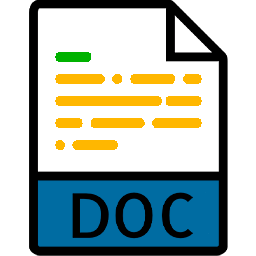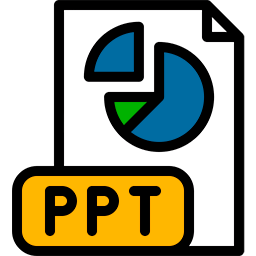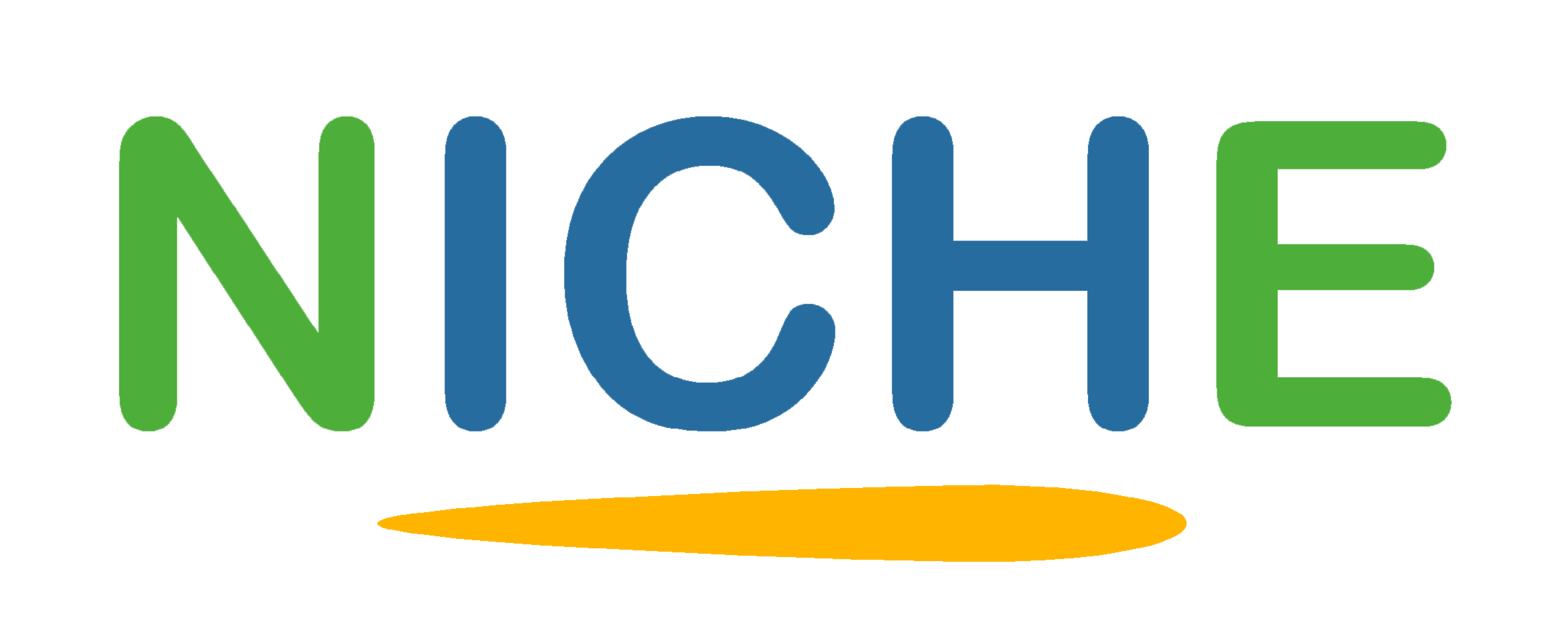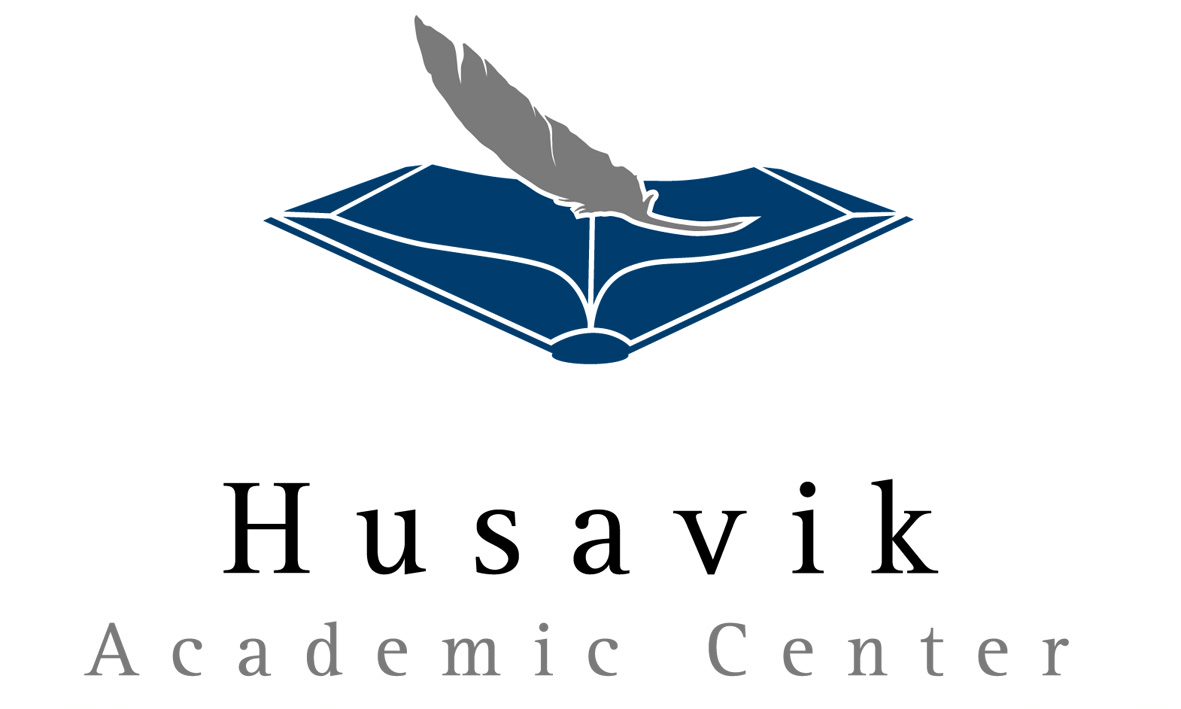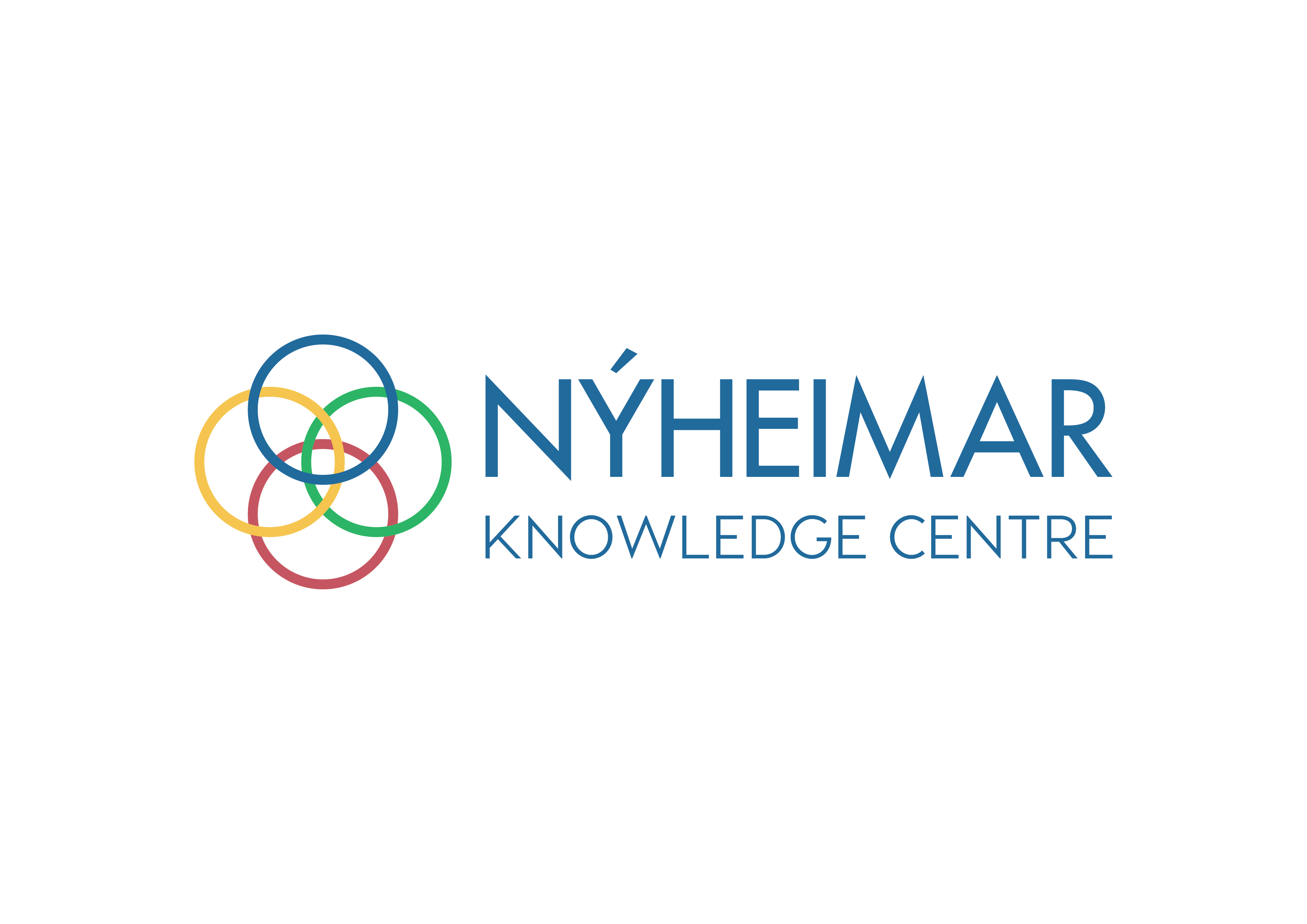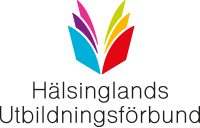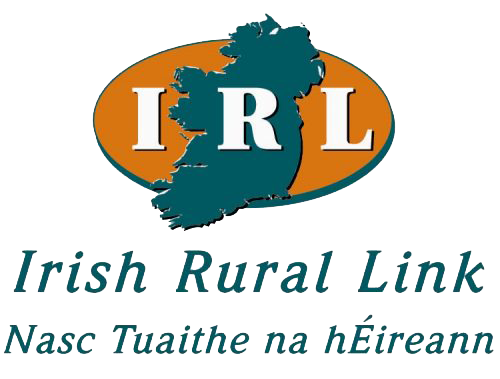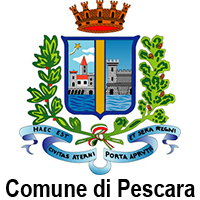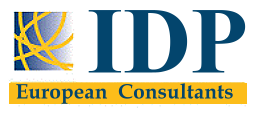|
Online communication, digital marketing and branding.
Introduction and goalsClick to read 
The conservation and safeguarding of Intangible Cultural Heritage (ICH) are some of the main objectives of the European Union in the field of culture. Even though its intangible nature makes it difficult to preserve it, the UNESCO Convention for the Safeguarding of the Intangible Cultural Heritage (2003) foresees several actions to achieve this goal. These include research and adequate documentation of the heritage, including the cataloguing and digitization of photographic records and the creation of sound and audio-visual material and archives.
The ICH Safeguarding Plans of the different member states also include communication strategies as one of the main lines of action for the conservation and transmission of knowledge and heritage. In this sense, the Internet, social networks and all existing digital tools play a very important role in the conservation, promotion, recreation and dissemination of ICH.
GOALS
- To efficiently use ICTs for communication and knowledge transfer in the field of Intangible Cultural Heritage.
Online communication, digital marketing and branding.Click to read 
The power and possibilities offered by the Internet are innumerable. Therefore, it becomes one of the most appropriate options for the safeguarding of ICH.
In this module, we will give you tips on how to effectively use the internet and digital resources to foster and promote ICH.
Website design and creationClick to read 
The creation of a website is one of the best options to communicate online with people from anywhere in the world. Therefore, it should be used as a method of transmission of intangible culture to promote and preserve traditional knowledge, crafts, customs, etc.
Nowadays, we can create our own website without the need of having any computer or programming knowledge. There are different platforms that offer pre-designed templates that will allow you to create a website according to your needs and objectives. However, you must pay attention and define some details before creating it.

Another aspect to take into account is the optimization and positioning of your website in search engines. It is useless to have a creative, eye-catching and professional website if nobody visits it because it does not appear in the main search engines.
To improve the positioning and visibility online, you will have to take into account the SEO (Search Engine Optimization) of your web page, namely the content and keywords, as well as the quality of the links and the download speed of the website.
The keywords will be the ones that consumers of intangible culture will enter into Internet search engines to get the information they need. That is why it is important to analyse which are the most appropriate keywords, which you should use as many times as you can in the content of your website, but always in a coherent way and without being too repetitive. You should also make sure that your website has a Responsive design, that is, it can be viewed from any digital device (computer, smart phone, tablet, etc).
These are some of the platforms you can use to create your own website:

These are just some of the options, although there are many more like, Site123 or JIMDO. You can also find free and paid plans; the important thing is to do some research and find the platform that best suits and meets your needs and those of your target audience.
Digital marketing and brandingClick to read 
When you venture into the digital world, you need to adopt a digital marketing strategy to get the most out of your website, and for this, there are different tools developed by experts that will allow you to:

This will allow you to consolidate your brand, the image and identity of your company (branding), which can be known beyond the physical limits of space.
Obviously, before entering the digital world you need to establish and define the identity and corporate image of your company, the name of your brand and the product or service you offer. You need a branding strategy.
Branding is the process of building and creating your brand and through it, you can convey the intangible values of your company, your services or products, ideas, feelings and sensations that will make your brand different from all others and so, it will be easily recognised among the public and consumers.
The aspects you must take into account to build your branding are:
- the name
- the logo
- the symbols and values you want to transmit
- the slogan and the domain of your website
You should try to take care of all these details, study them and even ask and show them to family and friends, in order to have different opinions and a broader vision of the image projected by your brand and how others perceive it.
However, branding does not end with its creation.
The image and identity of your company is something you must constantly take care of, create and maintain a good reputation, as well as carefully treat the data and information you transmit or share through digital media.
When you show your identity or create profiles through different digital media or social networks, you must do it responsibly and always maximise security measures when surfing the Internet. Try to keep both your operating system and your antivirus updated and frequently review the privacy and security options of the digital profiles you manage. A company's reputation is something that takes a lot of time and effort to create, but can be lost in the blink of an eye.
Once you have defined all these elements, you can start your marketing strategy and make your brand known through the digital environment. Digital marketing covers many fields, but in this module, we will focus on SEO, email marketing and social media strategies. Here are some tools you can use to start your digital marketing strategy:

Social media is another powerful tool that will help you promote and preserve ICH. In the next unit we will show you how to do it.
Social networks management: Tips for ICH knowledge transfer.
Social mediaClick to read 
Social media has become the main means of digital communication. There are different types and oriented to different users, but all of them will serve as a tool for knowledge transfer, promotion and dissemination of ICH, as well as your products and services.
Depending on your objective, the type of information you want to share and your target audience, you can create a profile on the social network or networks that best suit your needs.
- Facebook will always be one of the best options since it is the most widely used social network by all types of users and businesses, of all ages and parts of the world. Through Facebook, you can share content, videos, interact with your audience, launch marketing campaigns and much more.
- Instagram is a more visual social network and is oriented to a younger audience, although nowadays, it is increasingly used by all kinds of associations and companies to showcase their business, products and services.
-
YouTube can be one of the best options for the promotion of ICH, especially if our professional area is related to festivities and customs. By creating videos, we can share and promote the ICH in an entertaining and visual way, thus contributing to its dissemination, knowledge and conservation.
There are more social networks such as Twitter or LinkedIn, you will only have to analyse the profile of your audience and decide which ones best meet your objectives and purposes. However, just as in real world social relations we are governed by rules of etiquette and behaviour, the digital or virtual world also requires rules of interaction and behaviour.
These rules are known as netiquette and you should consider them through all digital media, whether a website or a social network.
NetiquetteClick to read 
Here are the 10 basic rules of behaviour on the Internet proposed by Virginia Shea:



Summing up
Summing upClick to read 
Summing upClick to read 
|


 Play Audio
Play Audio 

